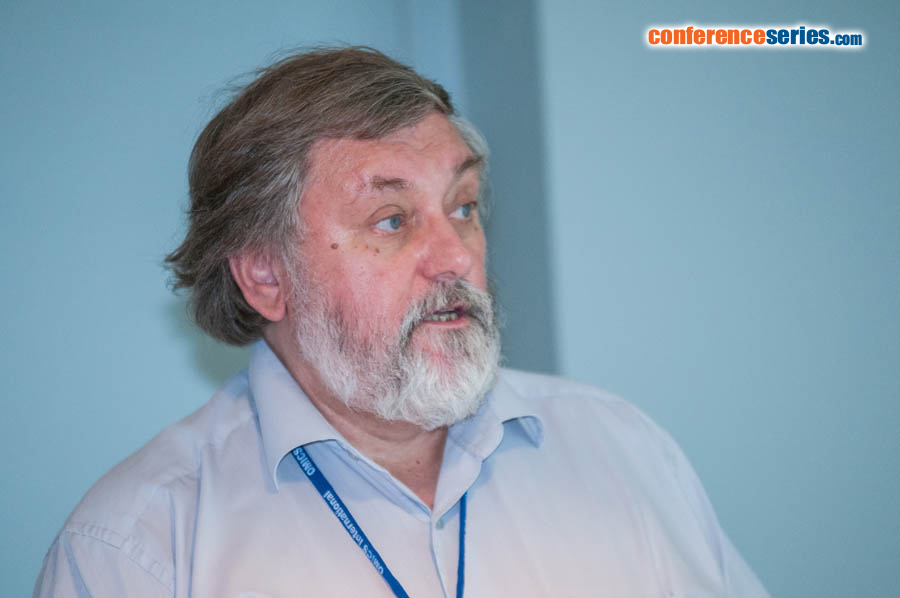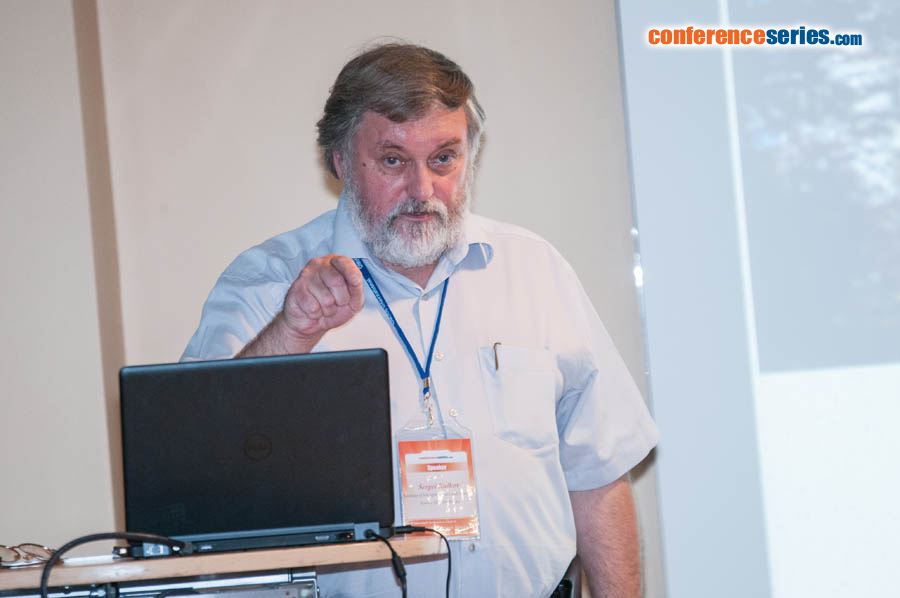
Sergei Kulkov
Institute of Strength Physics and Materials Science SB RAS, Russia
Title: Complex oxides with negative thermal expansion for CMC and MMC with Invar effect
Biography
Biography: Sergei Kulkov
Abstract
Materials with negative thermal expansion have received attention of researchers in recent decades. Scientific interest determined the establishment of the causes and explanation of the unique thermal behavior of this group of materials. Materials contracting upon heating can solve the technical problem towards the incompatibility of thermal expansion of the constructional design elements. The combination of materials with positive and negative values of thermal expansion in the required ratio allows obtaining materials with low/zero thermal expansion. The field of application of composite materials is widely included areas such as the production of high-precision optical mirrors, the thermal protection of descent module. Using of additive technology can produce ceramic components of complex shape. Morphology and properties of ZrW2O7(OH)2*2H2O-precursor and ZrW2O8, obtained under the conditions of hydrothermal synthesis were studied. Using the high-temperature X-ray analysis established the mechanism of formation of zirconium tungstate. The influence of temperature on the structure and properties of materials was carried out. The morphology of ZrW2O7(OH)2•2H2O and ZrW2O8 powders was similar and consisted of whisker – like particles, what evidenced by isomorphism of crystals. The effect of temperature on the structure and properties of powders was investigated. The change in the size and shape of samples, wetting angle, the contact angle between the sample and the substrate were determined. It was established that the wetting angle remained almost unchanged up to 900 K. A further increase of the temperature up to 1300±23 K led to the decrease and subsequently the increase the θ values, associated with material spreading on the substrate upon heating. High temperature in situ X-ray studies has shown that zirconium tungstate formed through X-Ray amorphous phase at 625±25 K and remained stable from room temperature to 823 K. Further increase in temperature led to decomposition of zirconium tungstate caused by the change of the lattice structure by restructuring ZrW2O8 atoms to form sublattices of WO3 and ZrO2. It have been shown that during sintering Al – ZrW2O8 mixtures were observed a decomposition of ZrW2O8 and formation of WAl12 и ZrAl3 on first stage and after 5 hours holding zirconium tungstate formed again whisker-like shape.




